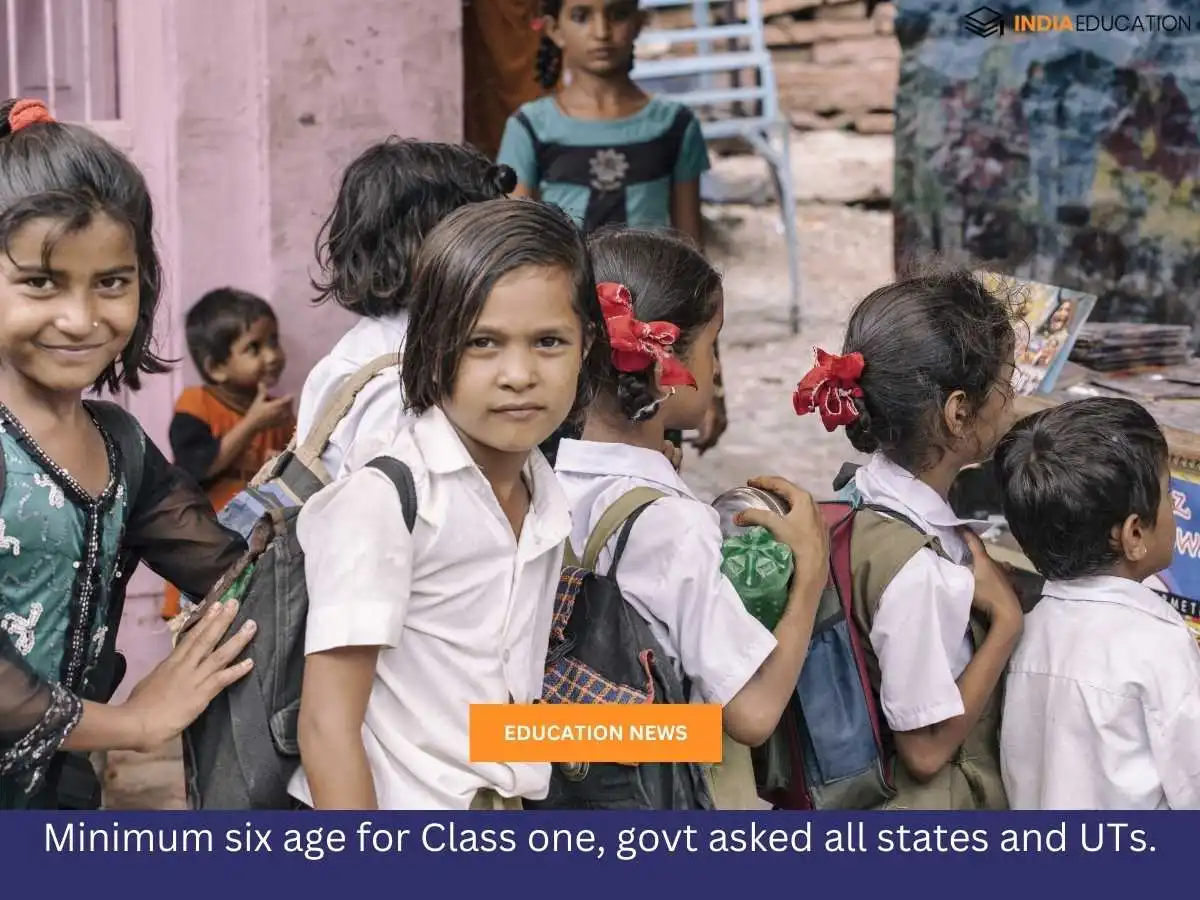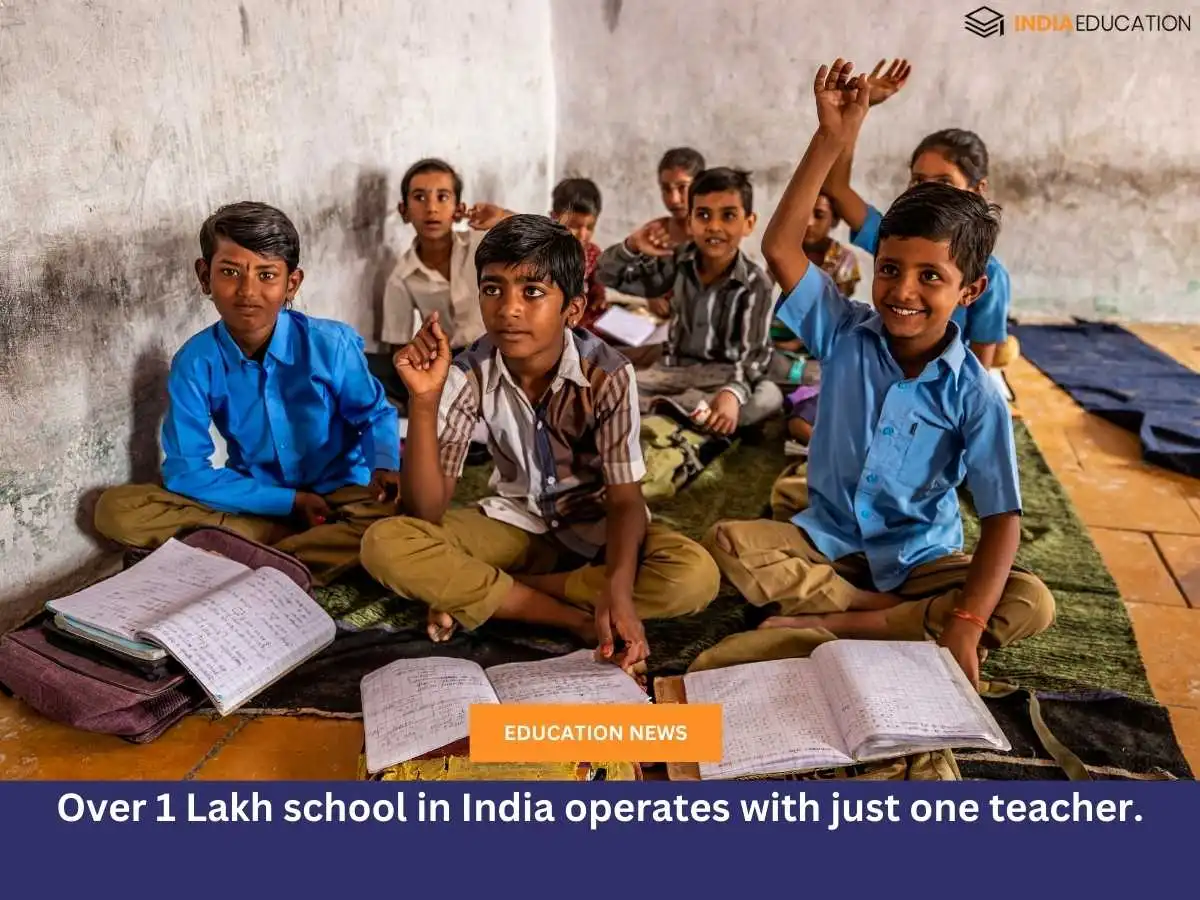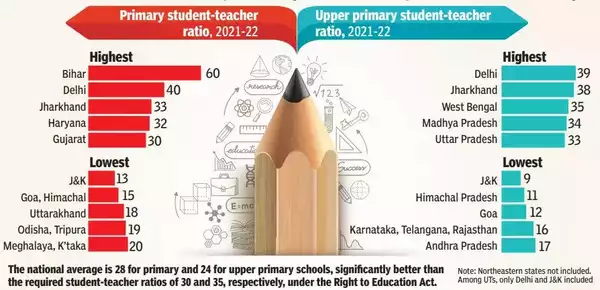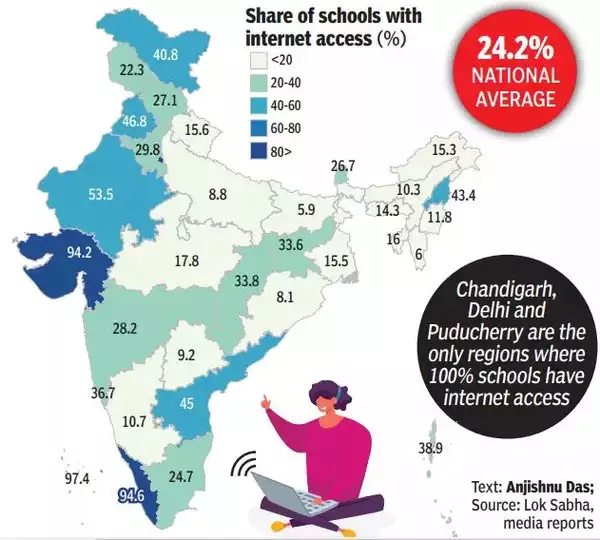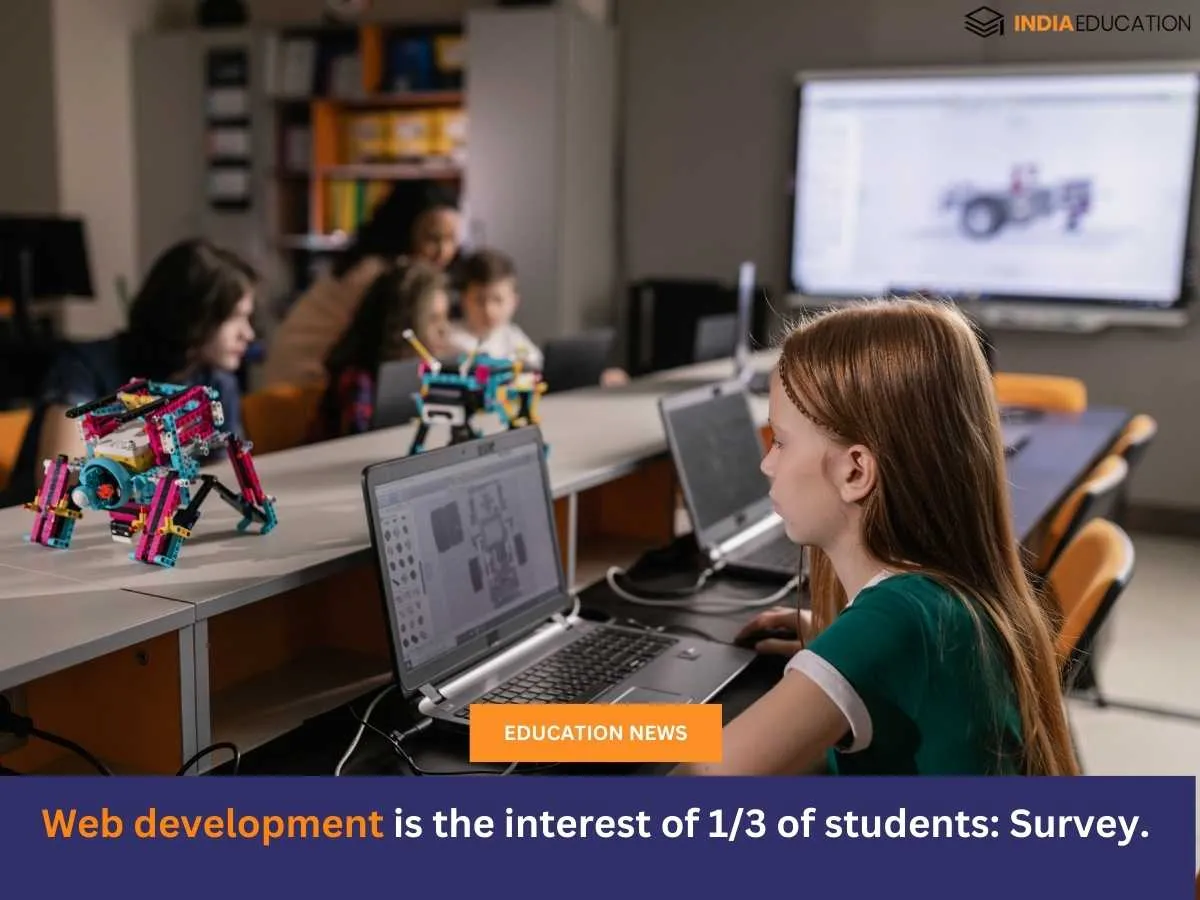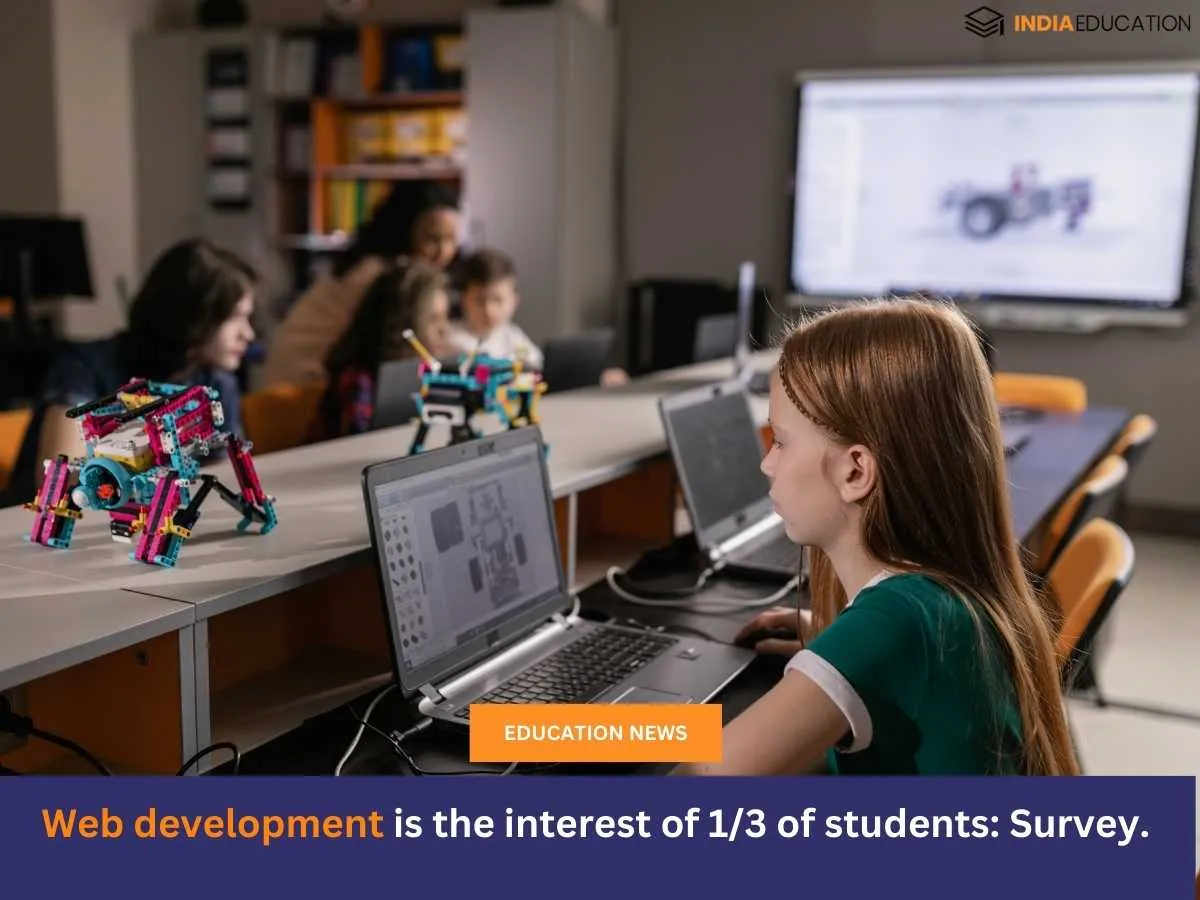PM Modi insisted on practical learning in the post-budget webinar.
-
Rakshita Agarwal
- Updated: February 27, 2023
- IST: 12:13 pm
In the post-budget webinar Prime minister, Modi focused on youth development and asked education institutes and students to focus on outdoor learning besides classroom education. Prime Minister Narendra Modi said on Saturday while addressing the post-budget webinar on ‘Harnessing Youth Power – Skilling and Education’
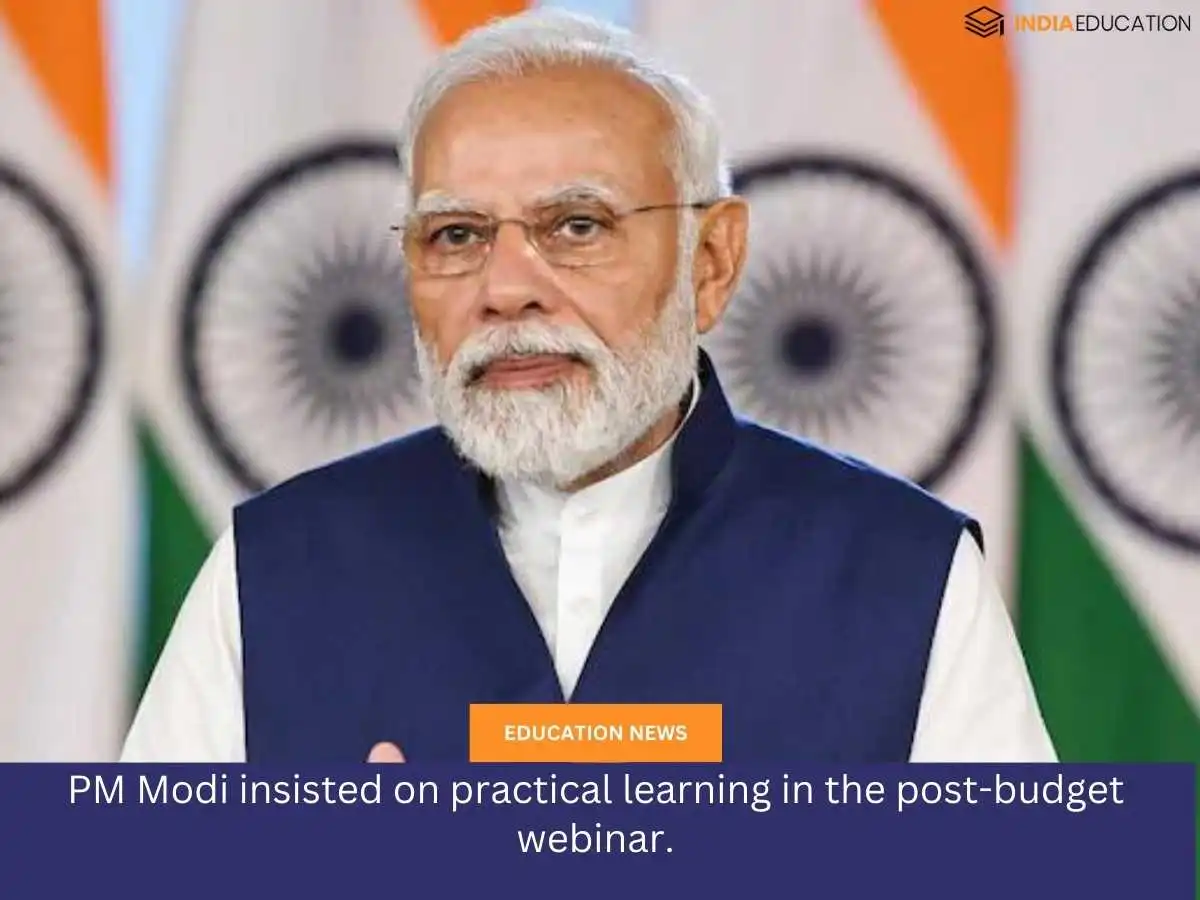
The Union Budget 2023-24 presented by finance minister Nirmala Sitharaman on February 1 set aside ₹1.12 lakh crore for education. This year’s education budget was the highest ever and 8.2 percent growth from the previous year. budget. Putting an emphasis on a practical-based and industry-oriented educational system, Prime Minister Narendra Modi said on Saturday that the national government is focused on offering internships and apprenticeships to give young people in the nation “experiential learning opportunities outside the classroom.”
The PM said that the Centre is adopting the “whole-of-government approach” to education and skilling
“Education and skilling are not limited to the ministry or department concerned but their possibilities remain in every sector,” he said.
Pm Modi said our education system is very rigid and inflexible and leaves no room for practical-based learning but now the curriculum will be made according to aptitude and demands of the future
Further emphasizing that the government is focusing on resources that guarantee “anywhere access to information,” Modi cited “SWAYAM, an e-learning platform with 3 crore subscribers.” as an example. He also emphasized the importance of the National Digital Library and Virtual Laboratories as knowledge sources.
Now the role of teachers is not limited to the classroom and students can learn in different languages from DTH channels and many modern-day invites in the country which is strengthened by National Digital University. Such futuristic steps are going to change the entire space of our education, skills, and knowledge-science”, the Prime Minister said.
Modi underlined that there are more than 75,000 employers on the National internship portal where requirements for 25 lakh internships have been posted so far. He asked educational institutes to promote outside and particle learning with classroom learning and make maximum use of websites like the National internship portal.
“The world is looking at India as a manufacturing hub and noted the enthusiasm of the world about investing in the country. Pradhan Mantri Kaushal Vikas Yojana 4.0 will skill, reskill and upskill lakhs of youth in the coming years,” he said.
The national government is also attempting to open employment chances in fields like robotics, drones, the internet of things, and artificial intelligence.
In order to realise their goal and make suggestions, Modi invited stakeholders from all sectors, including academia, research, and industry, to collaborate.
The Prime Minister used India’s rapidly increasing civil aviation business as an example, stating that it serves as a showcase for the country’s burgeoning travel and tourism sector while also providing access to numerous lucrative employment opportunities.
The creation of an updated database of young people who have received training through the “Skill India Mission” was mentioned by the prime minister.
Since the emergence of digital technology and AI, he underlined that the skilled workforce of India should not be left behind and asked industry professionals to work in this direction.
More Education News
About the Author

December Edition Magazine
Subscribe to IndiaEducation
Get your daily latest education news.
